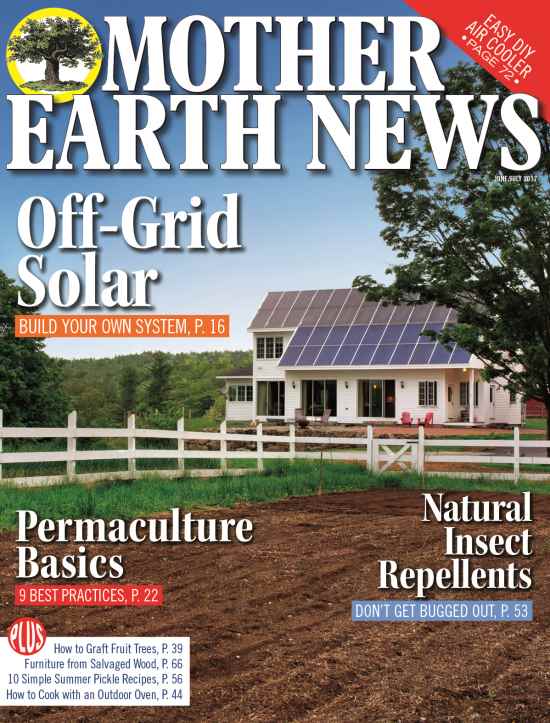Having a tree farm can be a profitable business.
Owning a farm or homestead means having the land and the freedom to grow what you want, when you want. Whether you grow your products for your own table or to sell at farmers’ markets, there’s something amazing in knowing your hard work and dedication created something that sustains and nourishes other living creatures.
Even if you don’t normally sell your products, or if you’re looking to expand your operation, one crop to consider is trees. Having a tree farm doesn’t have to be a lot of work or have to take up a lot of space. However, you could churn a profit by selling trees. Below are a few things to consider if you’re thinking about starting a tree farm.

Decide What Types of Trees You’d Like to Plant
Depending on the area you live in, some trees will thrive better than others. Figuring out which trees will survive in your zone will make growing a tree farm easier on you and the trees, potentially increasing the profitability of the crop. You’ll also need to decide if you’re going to plant fruit trees, or those you can harvest for their wood. Both have the potential to earn a profit, but they require different care.
If you decide to grow a lumber tree farm, you’ll want to pick trees that produce high-value products, are easy to grow and grow fast. Good lumber trees include hardwood trees, such as oaks, hickories, pixamaples, birch and cherry, among others. These trees can be harvested when they are 14 to 20 inches in diameter, but letting them grow larger will make them worth more. Having a growth plan and sectioning your property for a tree farm will ensure you get paid in various stages of a hardwood’s growing cycle.
Some trees take 50 years to reach a size that makes them good for their lumber — for example, Douglas firs. Yet, in under 10 years, those same trees will be the perfect size for Christmas trees. This gives you the ability to earn a profit on their growth and sale in a reasonable amount of time.
If you don’t want to grow trees for lumber or Christmas, you have other options. There is a market for ornamental, craft fibers or decorative wood, so you can make some money farming these various trees.
Planting an orchard to grow fruit or nut trees can also increase your earning potential. Again, you’ll have to decide what type of trees you want to plant, then figure out if they will thrive in your area. Even if you don’t think you have enough space for full-grown fruit or nut trees, you have the option of planting dwarf trees, which can easily grow in pots in your backyard.
Beyond Lumber and Fruit Trees
While there is a high demand for lumber and fruit throughout the country, there are also ways to turn a profit with a tree farm that focuses on trees other than these two types. These can include trees for landscaping and bonsai trees.
A lot of homeowners and/or landscapers want trees that will give them and their property shade, but they don’t want to wait forever for them to grow. Your tree farm could offer them more mature trees with a good root system ready for purchase. Then, they won’t have to wait a lifetime for the trees to grow to a decent size.
For people who don’t have yards or convenient access to a park or other green space, bonsai trees are a great alternative. People can still get the benefits of having a tree around in a small, convenient form. They are relatively easy to farm and not overly expensive. So, they might be exactly what you’re looking for to turn a profit growing trees.

Taking Care of Your Trees
Once you’ve decided what type of tree you’d like to grow, your next job will be to maintain them and keep them healthy. Luckily, for most trees, this just requires making sure they have the right type of soil and get enough water. For some trees, you might need to trim them to ensure their health.
Depending on the tree’s height, you’ll probably need help getting to the top with a tree trimmer. For those with a small farm or homestead, you also need to consider your safety and finances. If you’re trimming trees over 10-15 feet, consider renting an aerial lift for tree trimming. Falling isn’t worth the risk, and compared to buying, renting allows for better cash flow.
Finding a Market
Next, you’ll need to ensure there is a market nearby to ensure profitability. For nut and fruit trees, selling your products at a local farmer’s’ market would be ideal. If you’re growing lumber trees, you might talk to local sawmills or hardware stores about purchasing your harvest. For landscaping trees, talk to nurseries, greenhouses and local landscaping businesses.
Even if you don’t have a market relatively close by, don’t let that limit what trees you’d like to farm. There’s always the Internet available to help you find customers who are ready and willing to pay for your products.










